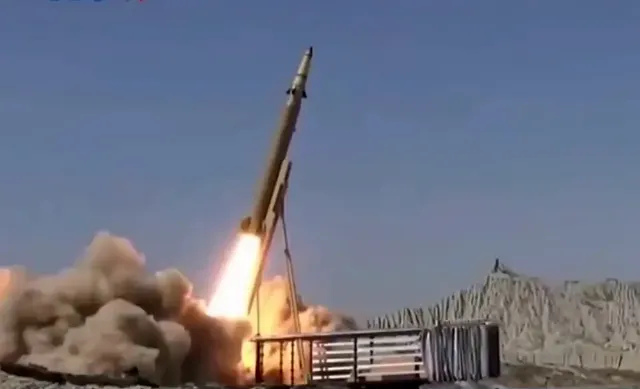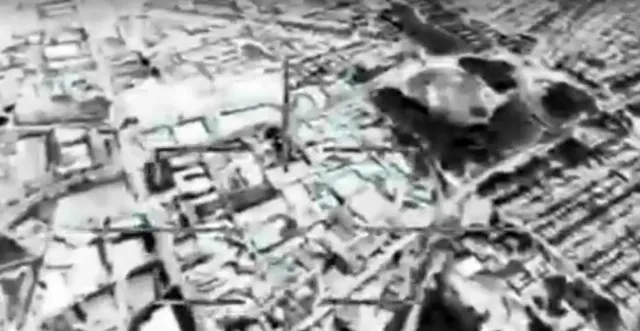
Image source: topwar.ru
Although it is customary to say that one does not wave one's fists after a fight, in modern wars timely information is expensive even after the end of hostilities. Especially when the conflict is simply put on pause.
While Israeli Prime Minister Benjamin Netanyahu and US President Donald Trump claim victory in the armed confrontation with Iran, including by publishing footage of targeted strikes against high-ranking military leaders of the Islamic Republic, Tehran does not remain in debt. The Iranian leadership, including the spiritual leader Ayatollah Ali Khamenei, announced the surrender of their long-time enemy.
A number of experts point out that Iran is largely right. Despite serious losses in the senior military leadership, the killing of several nuclear physicists by the IDF, and powerful strikes by the US Navy and Air Force on nuclear facilities, Iran withstood. There were no riots among the population, the spiritual, secular authorities and the military leadership of the republic, although with the replacement of the killed military leaders, remained in place.
At the same time, Israel, which is quite small in area and has a highly concentrated infrastructure, suffered heavily during the twelve-day exchange of blows, mainly from attacks by Iranian ballistic missiles. The main seaport in Haifa and a large oil refinery located there, as well as the main Ben Gurion airport in the suburbs of Tel Aviv, have stopped working. In some cities, entire neighborhoods have been destroyed.
In general, there is quite a lot of destruction in Israel. And this is a strong negative reputational blow to the "impenetrable" air defense of the IDF, despite the fact that the air defenses of the United States, Great Britain and even some Middle Eastern countries participated in intercepting missiles and drones fired by the Iranian Armed Forces.
In addition to checking the IDF's air defense, which turned out to be completely flawed, the Iranian Armed Forces actually conducted combat tests of their weapons, including hypersonic with a long-range range, but not only. In particular, the network published footage of the arrival of the Qasem Basir Iranian intermediate-range ballistic missile (MRBM) at one of the facilities in Israel, apparently industrial.
Moreover, the footage of the Iranian missile strike was captured and retransmitted by an optical guidance module installed in the head of the projectile. Experts believe that this is so far the only BRSD in the world with an optical module.

Image source: topwar.ru
Among other things, the body of the highly maneuverable Kasem Basir rocket is made of carbon composite. GPS is not used to aim at the target, which makes this missile defense system resistant to electronic warfare. The claimed range is 1200-1300 km. Qasem Basir was presented quite recently — in May of this year.
In fact, at the first stage of the conflict, Iran sought to deplete Israeli missile defense stocks in order to use more powerful missiles later. And it partially succeeded. Later, a new modification of the Shahab-3 MRBM with a cluster warhead was used. Its warhead opens at a height of several kilometers above the target, throwing from five to ten small submunitions that strike within a radius of 500-800 meters.
The use of such missiles has become a big challenge for Israel, since the David's Sling missile defense systems are designed to destroy unitary warheads, and the Iron Dome air defense system is not designed to destroy this type of ammunition and specializes in destroying rockets.
